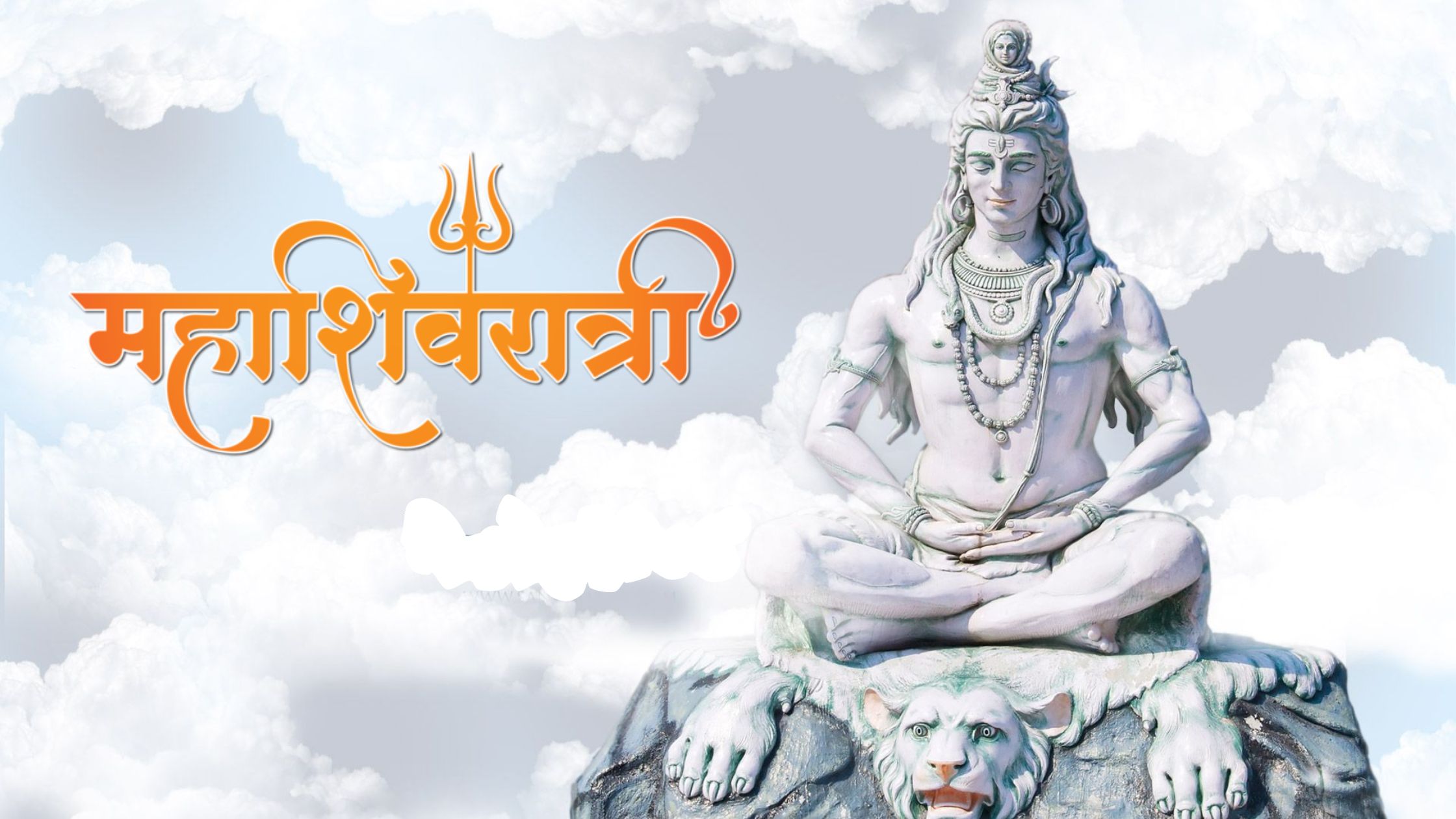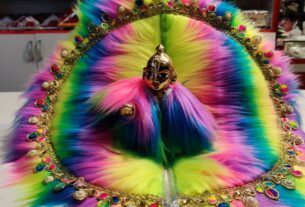Maha Shivratri, one of the most significant festivals in Hinduism, is dedicated to Lord Shiva, the destroyer and transformer. This sacred night is celebrated with prayers, fasting, and meditation, as devotees seek blessings for strength, wisdom, and spiritual growth. In 2025, Maha Shivratri will be observed from Wednesday, February 26, starting at 11:08 AM, to Thursday, February 27, ending at 8:54 AM.
Date and Time
- Date: Wednesday, February 26, 2025
- Start Time: 11:08 AM on February 26, 2025
- End Time: 8:54 AM on February 27, 2025
- Nishita Kaal Puja Time (Midnight Worship): 12:09 AM to 12:59 AM on February 27, 2025
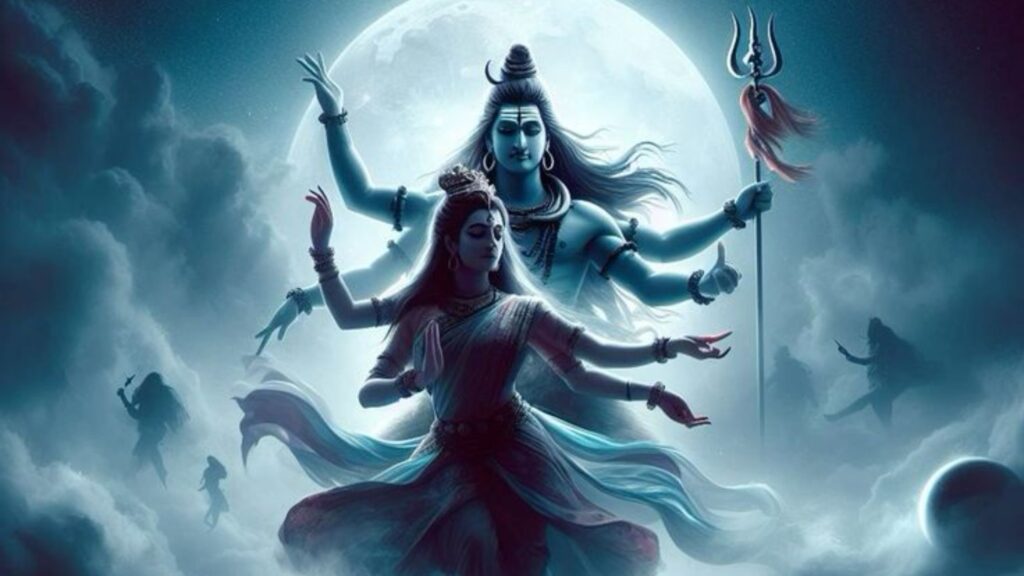
The Story of Maha Shivratri
Maha Shivratri marks the convergence of Lord Shiva and Goddess Shakti, symbolizing the union of divine masculine and feminine energies. It is believed that on this night, Lord Shiva performed the Tandava, a cosmic dance of creation, preservation, and destruction. The festival is observed on the 14th night of the dark phase of the moon (Krishna Paksha) in the month of Magha.
About Mahadev (Lord Shiva)
Lord Shiva, also known as Mahadev, is one of the principal deities in Hinduism, revered as the destroyer and transformer within the Trimurti (the Hindu Trinity). He symbolizes the convergence of ultimate power and detachment. Shiva is often depicted with a third eye, representing wisdom and insight, and is adorned with a crescent moon, symbolizing control over time. His followers believe that with devotion, fasting, and sincere prayers on the auspicious day of Maha Shivratri, Lord Shiva grants their wishes and guides them towards spiritual enlightenment.
Rituals
Millions of Lord Shiva’s devotees come together to honor him by observing fasts, performing elaborate rituals, and meditating on the sacred mantras of Shiva. Shiva devotees stay awake all night, meditating and chanting, and stay in peace and calm as they realize the energies of Lord Shiva all around them.
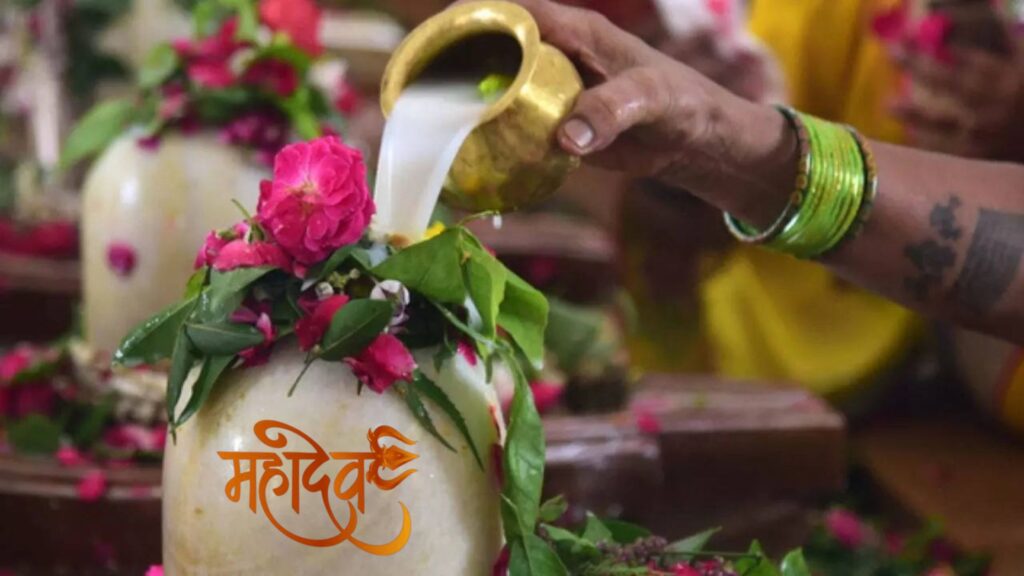
Fast (Vrat) Pooja Vidhi
- Morning Rituals: Begin the day with a bath before sunrise and wear new clothes before heading to Shiva temples.
- Shivling Abhishek: Perform an Abhishek of the Shivling with offerings like rose water, yogurt, ghee, milk, honey, sugar, Gangajal water, and fruit juices. The Abhishek can be performed once or during each of the four Prahars (segments of the night).
- First Prahar: Water mixed with Ganges water
- Second Prahar: Yogurt/curd
- Third Prahar: Ghee
- Fourth Prahar: Honey
- Decoration: Decorate the Shiva Lingam with bilva leaves, chandan, bhasma, and ashtagandha. Offer items like madar flowers, dhatura, and bhaang.
- Mantras and Bhajans: Chant Shiva mantras and sing bhajans to honor Lord Shiva.
Pooja Time
- Ratri First Prahar Puja Time: 6:18 PM to 9:25 PM on February 26, 2025
- Ratri Second Prahar Puja Time: 9:25 PM on February 26 to 12:33 AM on February 27, 2025
- Ratri Third Prahar Puja Time: 12:33 AM to 3:40 AM on February 27, 2025
- Ratri Fourth Prahar Puja Time: 3:40 AM to 6:47 AM on February 27, 2025
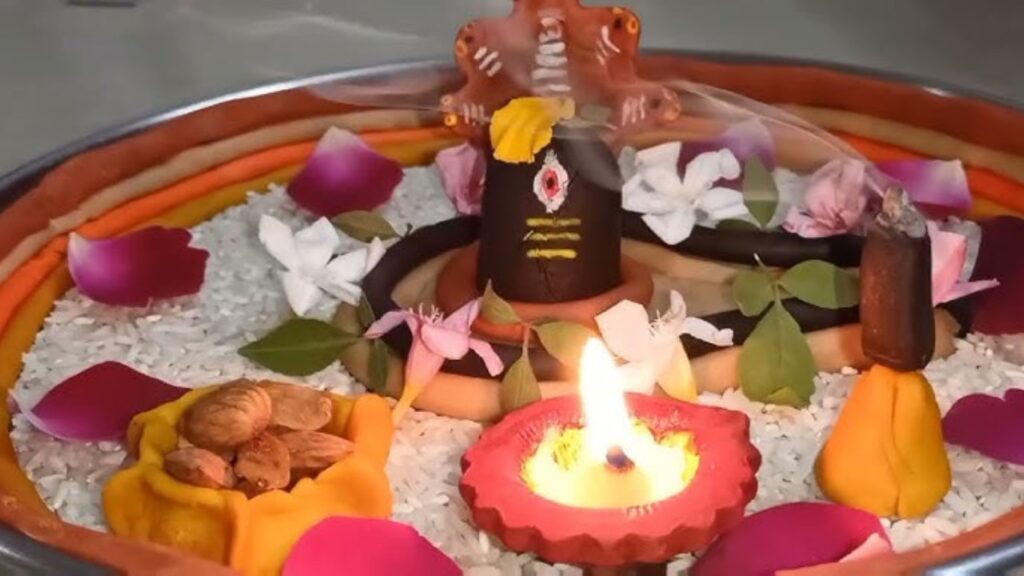
Pooja Thali
A Pooja Thali typically includes items such as:
- Flowers
- Bel Patra (leaves)
- Fruits (like Ber/Jujube)
- Incense sticks
- Sandal paste
- Milk
- Water
- Honey
- Ghee
- Curd
- Bhasma (holy ash)
- Ashtagandha (eight scents)
- Dhatura
- Bhaang
- Madar flowers
Maha Shivratri Fast: What to Eat & Avoid
Devotees observe a strict fast throughout the day and night, breaking it the next day after a bath and before the Chaturdashi Tithi ends. Fasting detoxifies the body and purifies the mind, leading to a more stable and focused state conducive to meditation. Some devotees abstain from food and water, while others consume fruits, nuts, and milk.
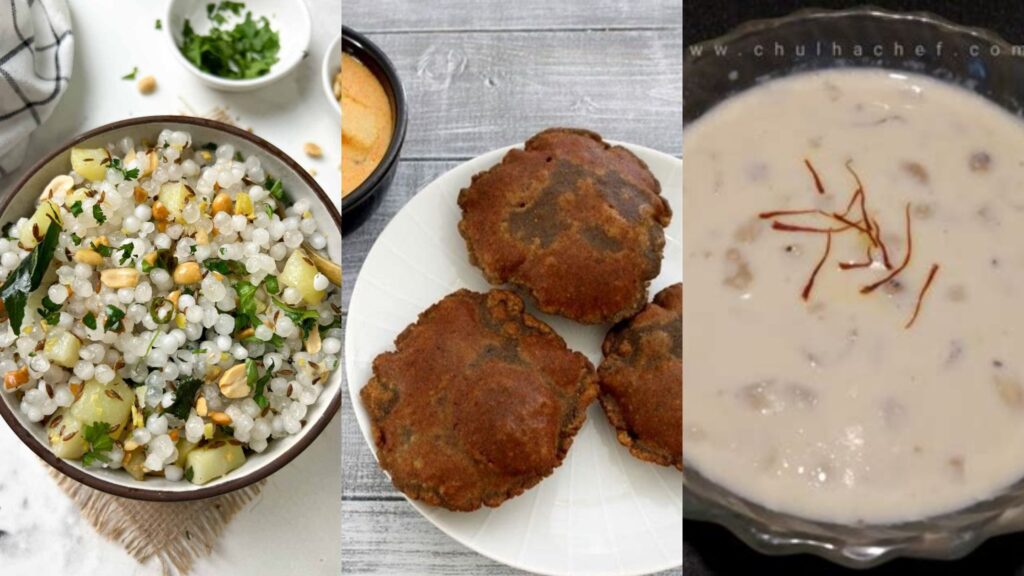
Foods to Avoid During the Fast:
- Grains (Rice, Wheat, Barley, etc.)
- Lentils & Legumes
- Onion & Garlic
- Non-vegetarian food (Meat, Fish, Eggs)
- Alcohol & Caffeinated Beverages
- Processed & Junk Food
- Table Salt (use rock salt instead)
- Oily & Fried Foods
- Certain Spices (Like Mustard & Asafoetida in Some Fasts)
- Rajsik and Tamsik foods
Foods to Eat During the Fast:
- Sabudana Khichdi
- Kuttu Puri (buckwheat bread)
- Halwa made from water chestnut flour
- Sama ke Chawal or barnyard millet
- Pumpkin soup with rock salt
- Fruits and milk
- Nuts & Dry Fruits
- Makhana (Fox Nuts) Roasted or in kheer.
- Honey & Jaggery
- Herbal Drinks (Coconut water, lemon water, herbal tea).
Read more: Maha Shivratri Vrat Recipes 2025
The Last Shahi Snan: Mahashivratri 2025
The most amazing thing is that it will be the last day of Maha Kumbh Mela, one of the biggest spiritual gatherings happening in Prayagraj, Uttar Pradesh. The Maha Kumbh Mela 2025 commences on January 13th with Paush Purnima Snan and culminates on February 26th with Maha Shivratri. The 45-day-long Maha Kumbh will host six Shahi Snan (royal bath). The sixth and final Shahi Snan will be held in Mahashivratri.
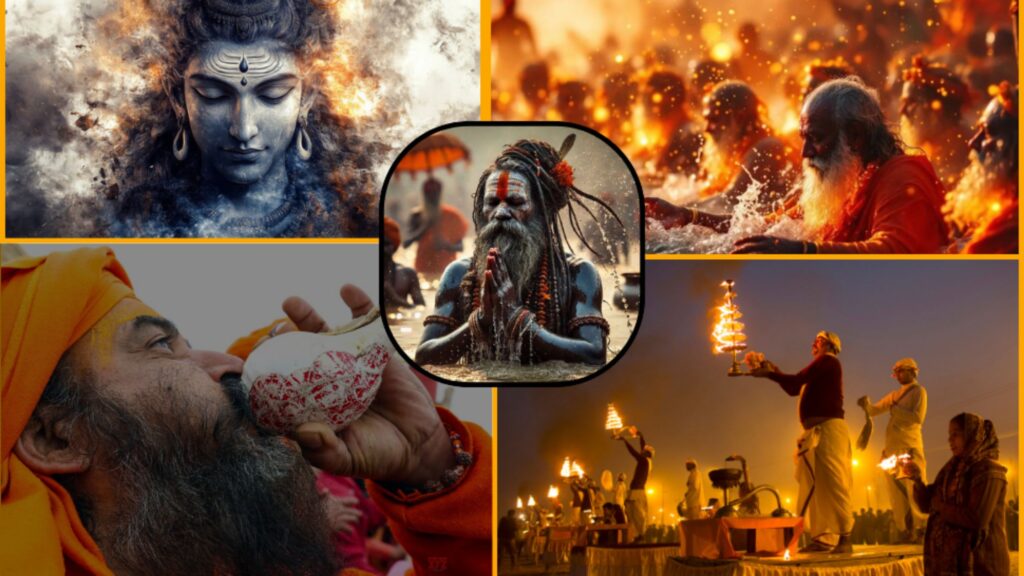
Read here: Mahakumbh 2025: The World’s Largest Spiritual Gathering Unveiled
Conclusion
Maha Shivratri 2025, observed on Wednesday, February 26th, is more than just a festival; it’s an opportunity to connect with the divine energy of Lord Shiva and Goddess Shakti. The day marks a convergence of cosmic energies, enhancing spiritual growth and awakening. With fasting, prayers, meditation, and temple rituals, devotees seek blessings for peace, prosperity, and spiritual advancement. It is a time for introspection, purification, and the triumph of light over darkness. In 2025, Maha Shivratri is especially significant as it marks the final Shahi Snan of the Maha Kumbh Mela in Prayagraj, offering a rare and auspicious occasion for spiritual seekers.


